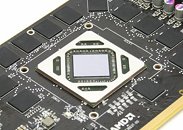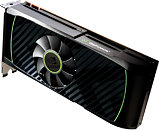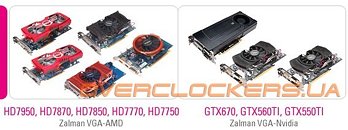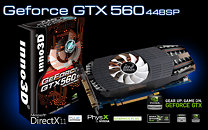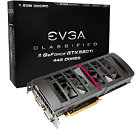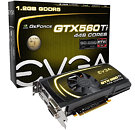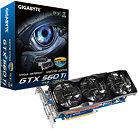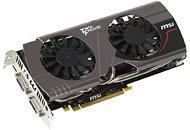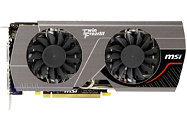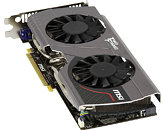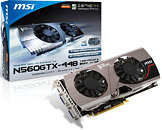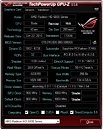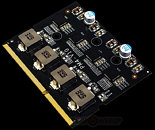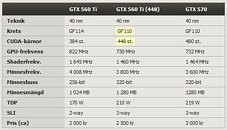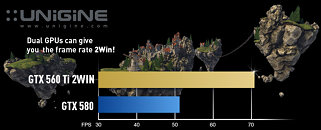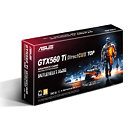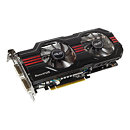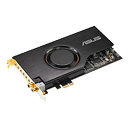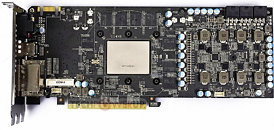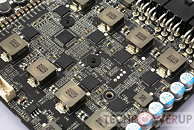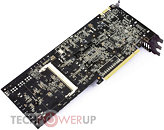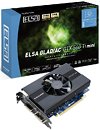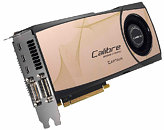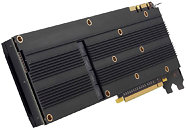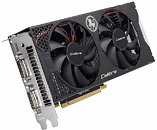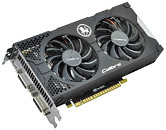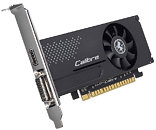
AMD Readies "Tahiti" Based Radeon HD 7800 Series Product
AMD is reportedly working on a new performance-segment GPU in the Radeon HD 7800 series, based on the 28 nm "Tahiti" silicon (which goes into making HD 7900 series products). The so-called "Tahiti-LE" silicon could help AMD plug a hole between the HD 7870 GHz Edition and HD 7950, getting close to the performance-level of GeForce GTX 660 Ti, at a lower cost. According to a HT4U.net report, AMD is deciding against referring to the new chip as "HD 7930," since the 7900 series is already crowded with five models, and would rather name it something along the lines of "HD 7870 OC."
A similar approach was adopted by NVIDIA in the recent-past, when it created the GeForce GTX 560 Ti 448-cores, using higher-end GF110 silicon to create an SKU traditionally based on GF114. At this time, one can only speculate what the new HD 7870 specifications sheet could look like. Since "Pitcairn" already achieves clock speeds in the 1 GHz range, AMD is left with other features to tinker with. 1536 GCN stream processors seem like a middle ground between the 1280 SP-laden HD 7870 "Pitcairn," and 1792 SP HD 7950. Memory bus width is another component. The new desktop SKU could launch in mid-November. The new SKU could even be a "limited-edition" for the winter shopping season, much like the GTX 560 Ti 448-core.
A similar approach was adopted by NVIDIA in the recent-past, when it created the GeForce GTX 560 Ti 448-cores, using higher-end GF110 silicon to create an SKU traditionally based on GF114. At this time, one can only speculate what the new HD 7870 specifications sheet could look like. Since "Pitcairn" already achieves clock speeds in the 1 GHz range, AMD is left with other features to tinker with. 1536 GCN stream processors seem like a middle ground between the 1280 SP-laden HD 7870 "Pitcairn," and 1792 SP HD 7950. Memory bus width is another component. The new desktop SKU could launch in mid-November. The new SKU could even be a "limited-edition" for the winter shopping season, much like the GTX 560 Ti 448-core.
